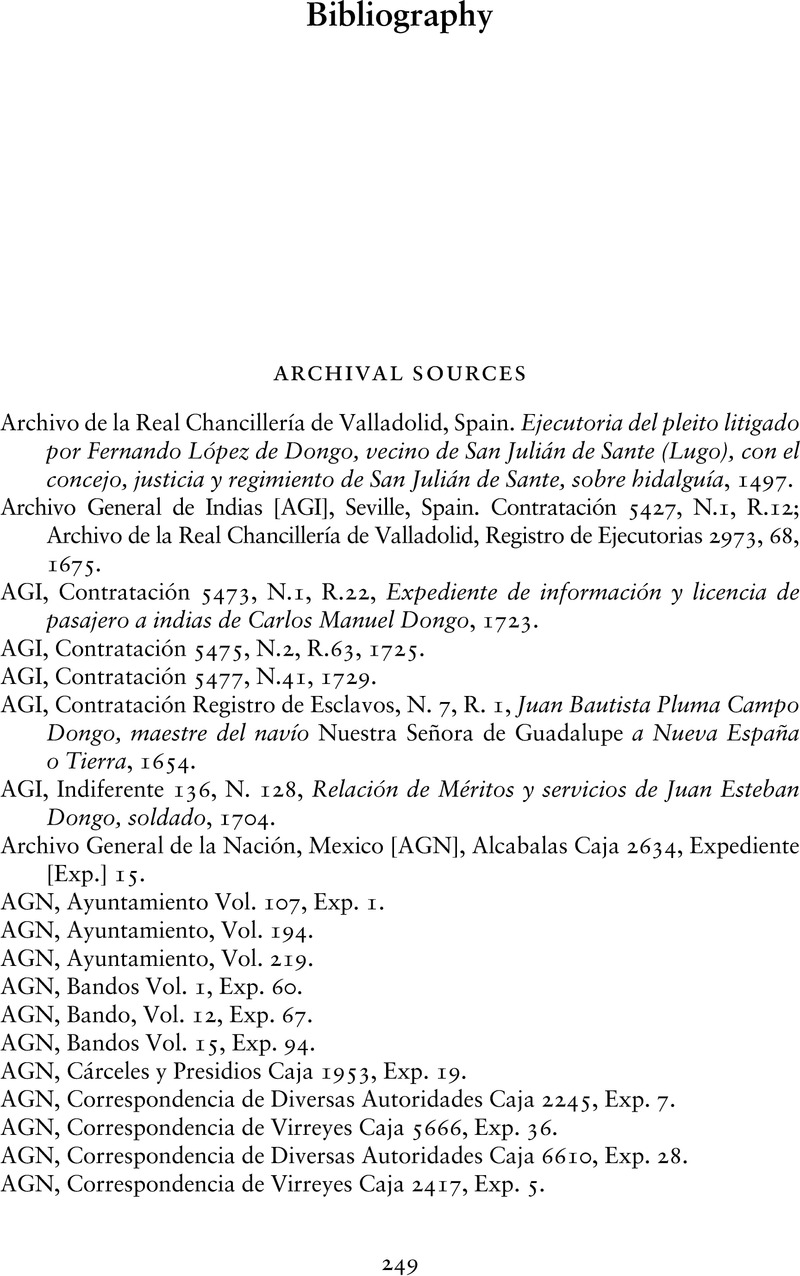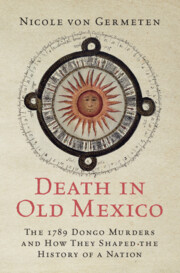Book contents
Bibliography
Published online by Cambridge University Press: 02 March 2023
Summary

- Type
- Chapter
- Information
- Death in Old MexicoThe 1789 Dongo Murders and How They Shaped the History of a Nation, pp. 249 - 265Publisher: Cambridge University PressPrint publication year: 2023

